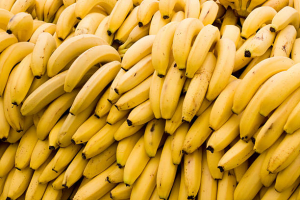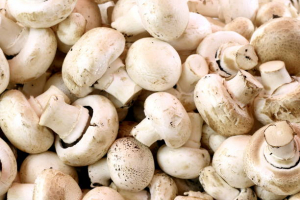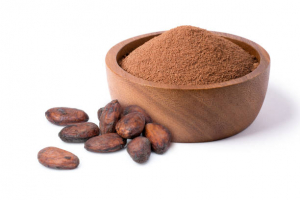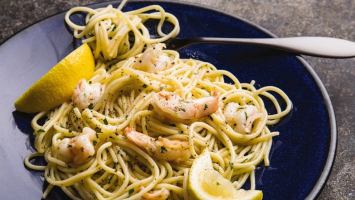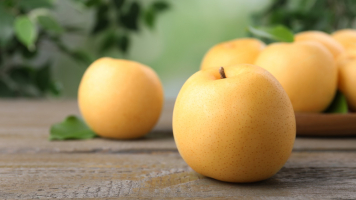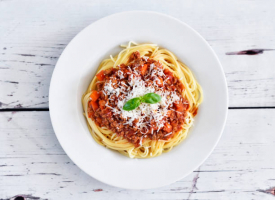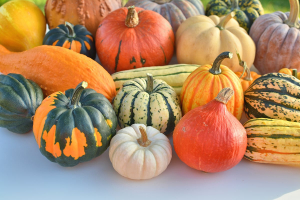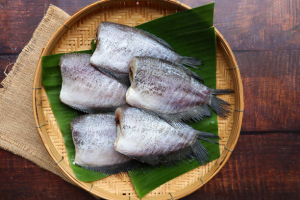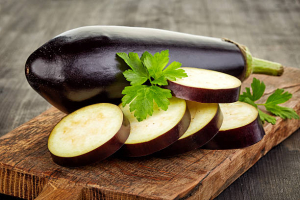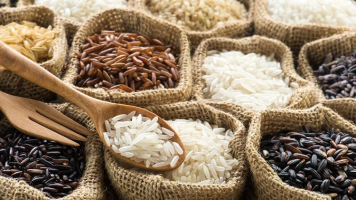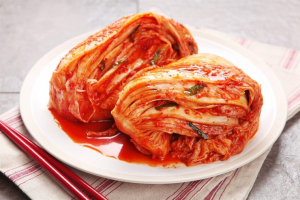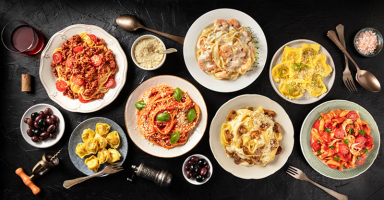Top 12 Best Types of Eggplants
Eggplants, often known as aubergines, are blooming plants in the nightshade family. Botanically, eggplant is classified as a berry fruit, while culinarily, it ... read more...is classified as a vegetable. When you hear the word "eggplant", you might picture an elongated, deep dark purple vegetable with a jaunty green top. While it is undoubtedly the most frequent form of eggplant seen in the United States, the world of eggplants is far larger—and occasionally smaller, thicker, or skinnier. In this article, Toplist will introduce you to the best types of eggplants.
-
The majority of people consider American eggplants to be the original eggplant. They're also known as globe eggplants, and they're a rich, lustrous purple that's a good size with a somewhat longer form. They're ideal for almost any recipe that calls for this item but picks ones that aren't too large, as the meat may be rough. If you wind up with a bigger one, The Old Farmer's Almanac suggests removing the skin from the raw produce or scooping out the cooked meat after roasting or baking. The Almanac also provides important advice for entire baked eggplant: first, puncture the skin a few times to enable steam to escape.
These nightshades are an excellent all-purpose option but don't dismiss them as simple. The mix of tastes and textures will impress even eggplant skeptics with this beautiful fall-treat eggplant caponata crostini dish. Globe eggplants are ideal for meals that enable the vegetable to blend with other components, allowing the spongy and creamy flesh to soak up whatever is added to them.
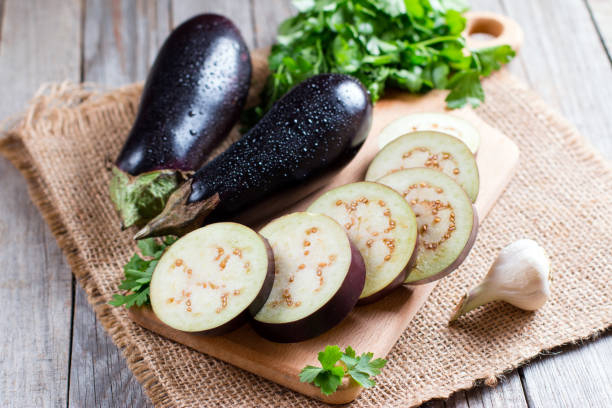
American eggplant 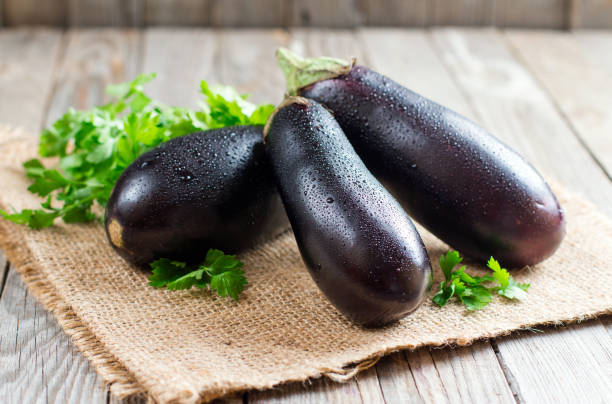
American eggplant -
Graffiti (also known as Sicilian) eggplant is a variety of Italian eggplant that has striped purple and white flesh, is less spherical and has a lower (some could even say squat) height. When selecting eggplant, especially ones with thicker skin, keep in mind that smaller is sometimes preferable for thinner skin and fewer seeds. Graffiti eggplants, in particular, have been engineered to produce sweeter flesh with less bitterness than their wild counterparts, according to Gardening Know-How. Because of the smooth interior, they are ideal for puréeing into baba ganoush recipes, but they're also delicious diced into French ratatouille dishes, where the softer textured flesh melts into a lovely butteriness.
These pleasantly fragrant delicacies with pleasingly creamy flesh cook quickly, so they work well when prepared hot and fast, as suggested by Leaf TV. They're also delicious when coupled with young cheeses, herbs like basil or oregano, and grilled meats. Graffiti eggplants are perfect for frying in oil since their tougher (less spongy) structure won't absorb as much oil, making them less greasy.
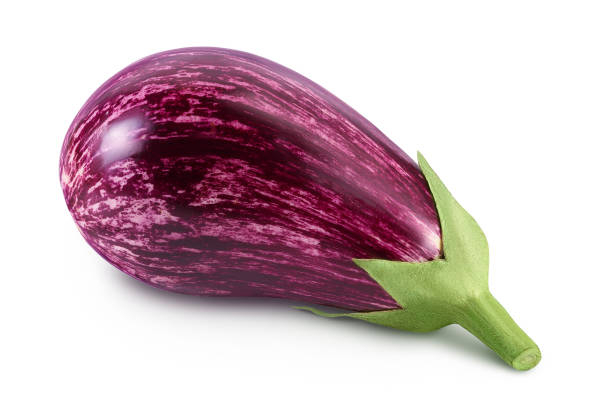
Graffiti eggplant 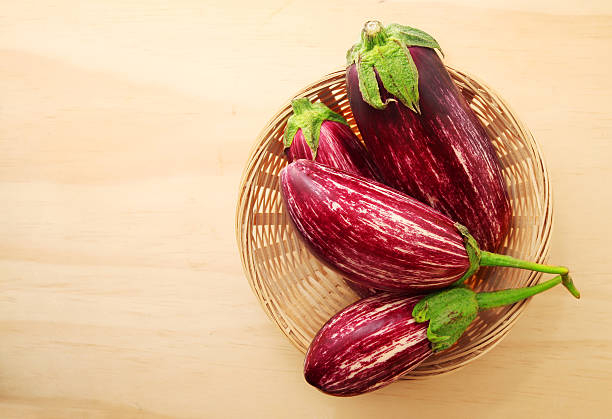
Graffiti eggplant -
With their rich purple flesh, black calyxes, and lobed apple-like form, these eggplants make a statement. Another sort of Italian eggplant, the Barbarella variety, has a hint of dazzling white skin that emphasizes how appealing its color is. According to Kitchen Garden Seeds, their robust interior with a lot of seeds makes them an excellent choice for filled eggplant meals. Unsurprisingly, Italian eggplants perform well in recipes with tomato sauce and rich or salty cheese, such as a classic eggplant parmesan recipe or incorporated into a veggie lasagna.
Typically, recipes calling for an Italian eggplant would urge you to salt the flesh before cooking in order to tenderize it and reduce bitterness. Simply salt your sliced eggplant and let it aside for 60 minutes before immediately washing it clean under cool water, according to the Los Angeles Times. If you're in a hurry, you may scoop off some of the bitter seeds. A baby-artichoke sandwich is quick to make and uses coarsely sliced eggplant. While the directions do not state that the seeds should be removed, if you are concerned about acrid tastes, feel free to do so.
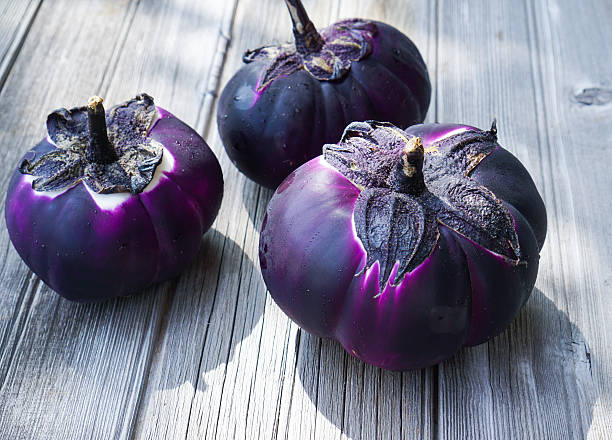
Barbarella eggplant 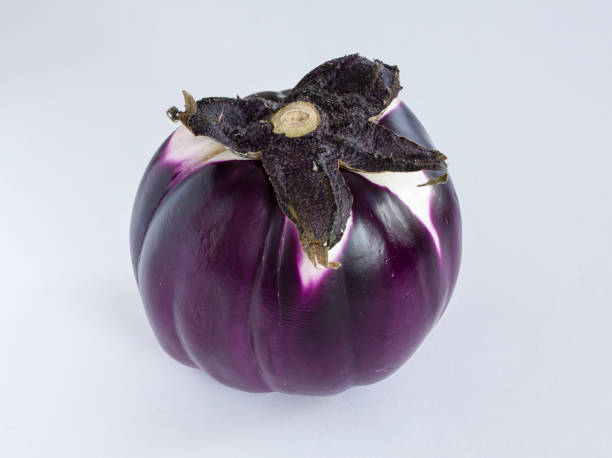
Barbarella eggplant -
Chinese eggplants are easily identified because they are long and beautifully thin. They're also a lovely color of lavender, making the fresh veggie stand out at supermarkets and farmers' markets. According to Specialty Produce, the beautiful white interior flesh and near seedlessness make them significantly less bitter than other varieties of eggplants. According to Specialty Produce, Chinese eggplants have a mild and sweet flavor due to their thinner skin. This might make the vegetable more palatable than harder cultivars, which can occasionally develop a harsh flavor with age.
One of the favorite uses for this wonderful vegetable is in a dish with spicy garlic sauce, which incorporates the complementary tastes of ginger, chili paste, sesame oil, and rice vinegar. It's packed with healthy components and tastes great. While salting Chinese eggplant is not required, some recipes recommend it to release some of the water and keep the sauce from becoming diluted.
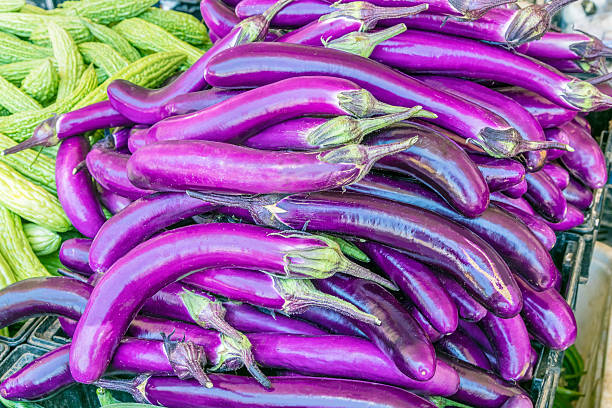
Chinese eggplant 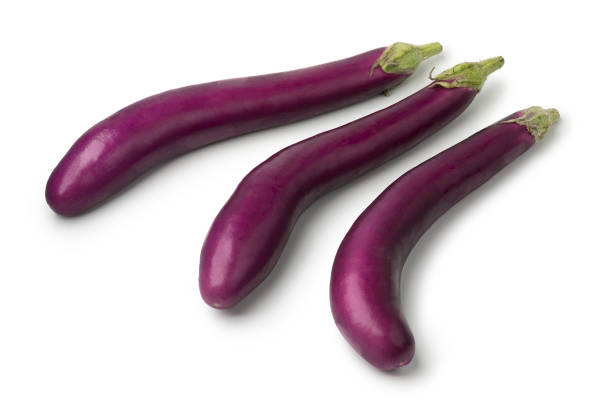
Chinese eggplant -
Japanese eggplants, which are increasingly commonly available in North America, are long finger-sized varieties with a rich, dark purple luster. According to Melissa's Produce, the thin skin provides a characteristic delicacy with a smooth, creamy inside and a hint of sweetness. The thin form and skin of Japanese eggplant also aid to shorten cooking time, making this fresh meal an excellent choice for rapid grilling or tossing into a flaming hot wok. Many people prefer grilling ways since these eggplants have a beautiful, smokey flavor that pairs nicely with recipes that incorporate soy sauce or miso.
If you're still not persuaded by how delicious nightshades can taste, try these, which are similar to Chinese variations. The cultivar also has fewer seeds (slightly more than the Chinese varieties), which should help you keep the bitterness down while also readily preserving the eggplant form. Japanese eggplant is ideal for grilled eggplant with ponzu sauce or this charred eggplant kebab dish due to its smaller size and solid innards. There is no need to peel; simply slice and cook.
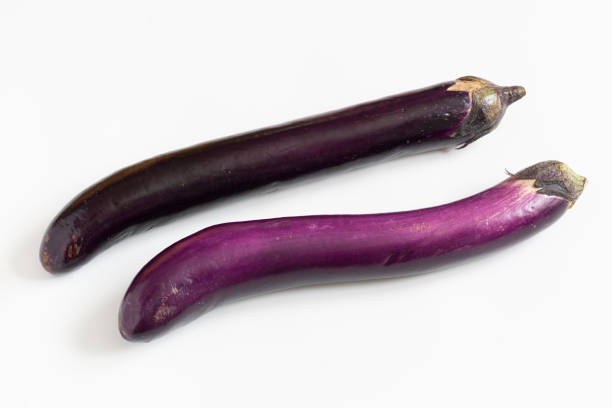
Japanese eggplant 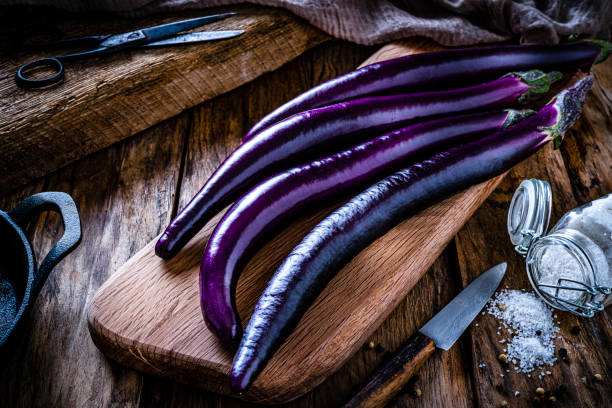
Japanese eggplant -
Indian eggplants, also known as brinjal, are suitable for a single serving. They're about the size of an egg and have all the characteristics of eggplant, so they're simply asking to be stuffed with a savory filling (imagine whatever you could load into that other renowned stuffable nightshade plant, the red pepper) and served whole. They're also known as baby eggplants since that's precisely what they look like. Calliope, the gorgeous striped type, is gradually becoming more widely accessible in North America and is just as excellent, with a light buttery texture and firm flesh.
They've long been a mainstay in Southeast Asian curries and rice dishes since they don't need to be fussed over, just diced up and thrown into a gently simmering pot. Try them in a delicious Thai chicken curry recipe to give a sweet creaminess to the completed meal. Golden eggplant dishes employ vadouvan spices to cook for incredible taste and a stunning gold finish.
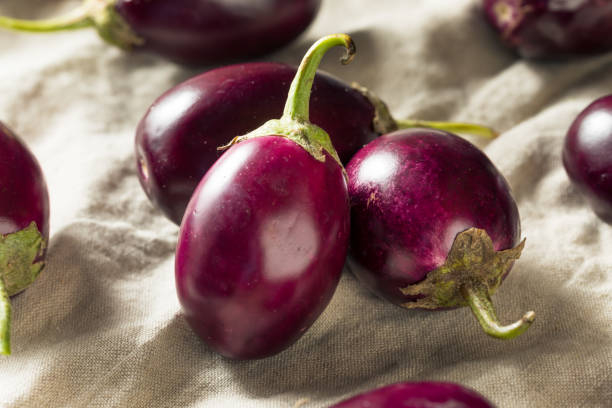
Indian eggplant 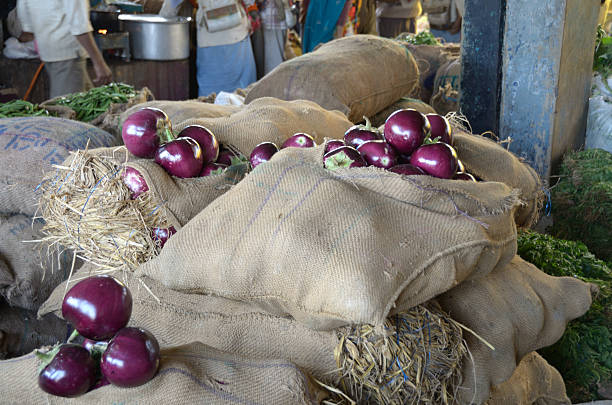
Indian eggplant -
The Thai eggplant, maybe the cutest on the list, is smaller and rounder than the others — imagine a green and white ping-pong ball, and you've got a fairly decent idea. And, unlike other eggplants, this species may be eaten raw, grilled, stir-fried, or dipped in tempura batter. According to Indulge Bangkok, the solid texture lends itself to lengthy, slow cooking techniques like currying since these nightshades can absorb flavor without decomposing. This implies that Thai eggplants, unlike many other types, will not fade into the background and can be the star of the show.
These tiny beauties, known in Thai as round eggplant and ma keua praw, should be eaten when still young and fresh since, according to to Indulge Bangkok, they become bitter and unappealing as they mature, which is why it's also advisable to consider preserving extras before they're too old to use.
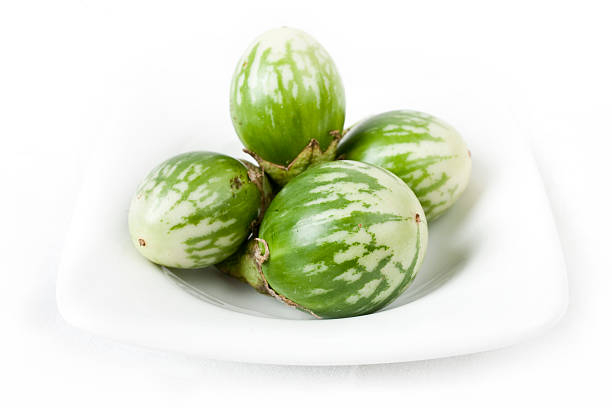
Thai eggplant 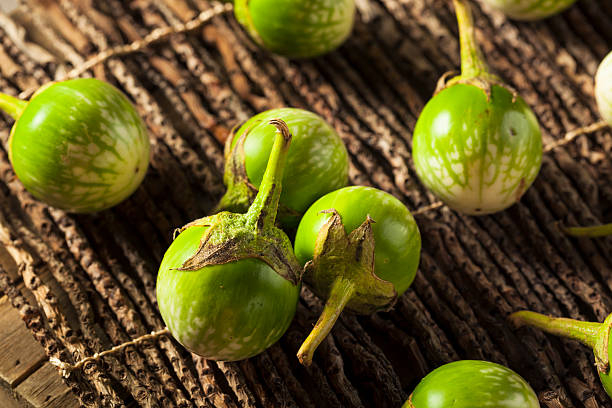
Thai eggplant -
Fairy tale eggplants, as you might expect, have a fairly lovely look. Almost charming. The small nightshades are most commonly offered when they're just three to four inches long because, according to Aero Gardens, that's when their tender-sweet flavor is at its optimum. They contain few seeds and cook fast, making them ideal for grilling or roasting as a quick weekday side. These small beauties have rapidly become a staple at farmers' markets; All-America Selections attributes their popularity to the fact that fairy-tale eggplant is as good as it is beautiful. While some people propose grilling them whole, professionals recommend using them in moussaka dishes or just breading and frying them.
The exquisite deep purple and white striped flesh is delicate and thin, so handle them with care before preparing them. Another kind that does not require peeling; simply slice and go. This vegetable's soft flesh and rapid cooking time make it ideal for putting into a stir fry. Remember, because fairy tale eggplant is little, you'll want to be careful not to overcook it, especially when employing high-heat methods like grilling or roasting.
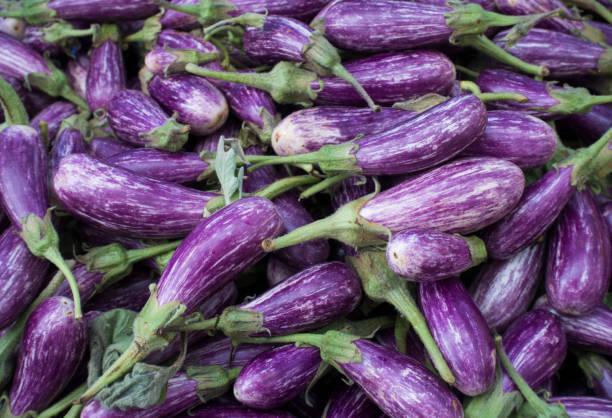
Fairy Tale eggplant 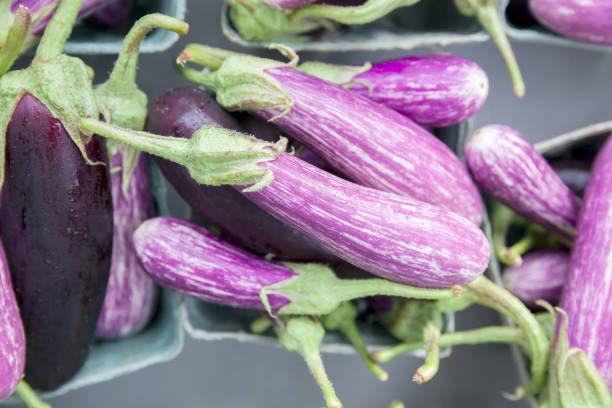
Fairy Tale eggplant -
The Turkish type, maybe the most un-eggplant-looking eggplant on this list, actually looks a lot like palm-sized pumpkins. Take a peek at these! The orange flesh develops green stripes as they grow (and produce more seeds), so search for ones that haven't reached that stage unless you want to stuff and roast them. Experts suggest utilizing these veggies while they're still green, almost cream-colored, for the greatest flavor and least bitterness.
If you think you'll never see these unusual vegetables at your local greengrocer, think again: this type, also known as Ethiopian or crimson eggplant, is gaining popularity in North America after being broadcast on National Public Radio. Widely used throughout the Mediterranean and North Africa, they pair beautifully with flavors and ingredients from those regions, such as fennel, oregano, cinnamon, lemon, pine nuts, and Greek yogurt. For a truly exquisite supper, try it in a moussaka-inspired lamb stew dish.
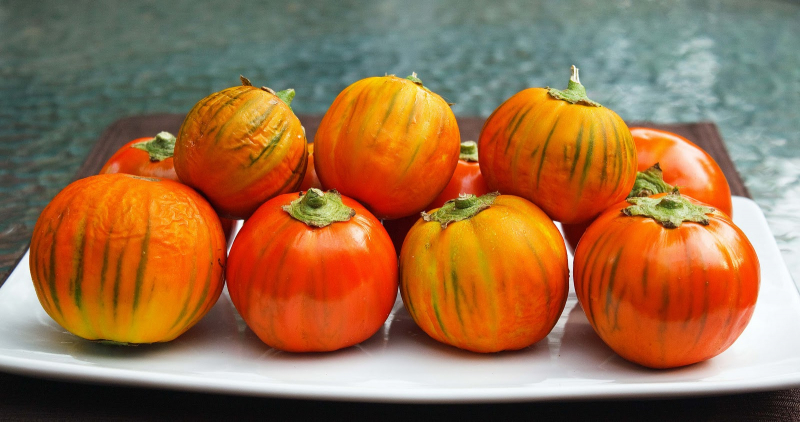
Turkish eggplant 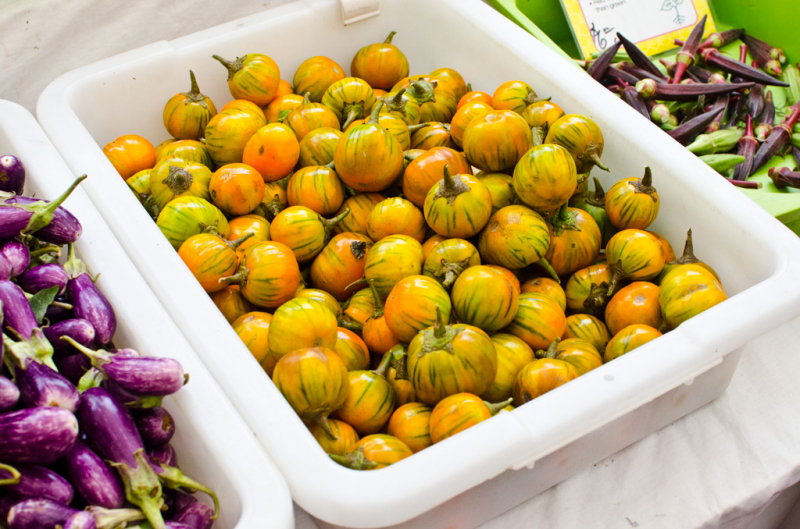
Turkish eggplant -
Rosa Bianca is an Italian heirloom eggplant with exquisite pink and white coloration and a gorgeous "Rubenesque" form, according to Kitchen Garden Seeds. These plump beauties are evocative of the Italian eggplants you're familiar with, but with a lot more soft and lightly flavored inside, making them an ideal alternative for anybody who believes they dislike eggplant. However, they are at their optimum, like other eggplants, while the outer skin is still glossy and brilliant since the skin tends to lose its sheen as the eggplant grows and toughens up. Shiny skin indicates that the seeds are developing and becoming bitter.
Because you don't have to salt this version, you can use it right away, making it ideal for a fast addition to your garlic focaccia pizza or grilled vegetable sandwich dish. They're a nice mid-size (approximately 5 to 6 inches in diameter), slice into decent portions, and make a terrific vehicle for stuffing with sausage and cheese or whatever else tickles your fancy.
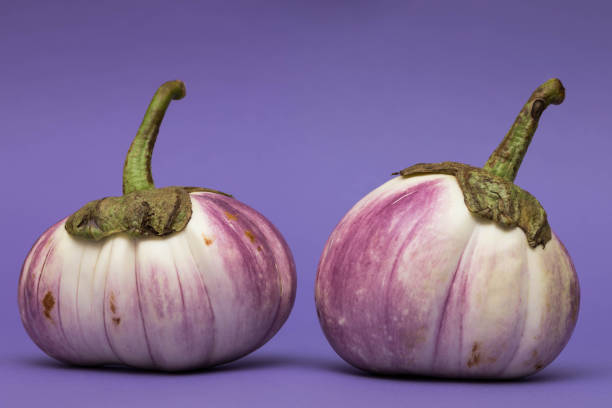
Rosa Bianca eggplant 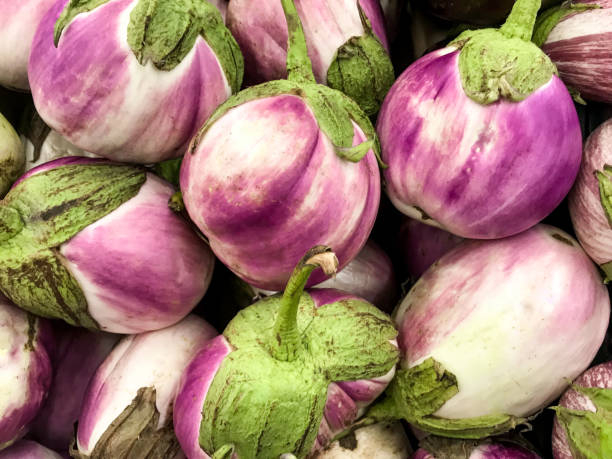
Rosa Bianca eggplant -
White eggplant is definitely a stunner. In contrast to the rich purple and brilliant lavender nightshades on this list, these newborns are a blank slate. White eggplant, as expected, has a mild flavor while preserving the familiar meaty texture of other eggplants. Fresh Culinair suggests peeling these eggplants before grilling, sautéing, or cutting into a stir-fry. You may leave the skin on before roasting and scooping out the insides; alternatively, give it a quick peel with your peeler and go on.
Since of its substantial texture and mild flavor, white eggplant is a good choice for recipes like spaghetti alla Norma because it holds up well to being fried and cooked in sauce. Again, due of its innate mildness, use this eggplant whenever you want to highlight a really excellent sauce without competing with the other components.
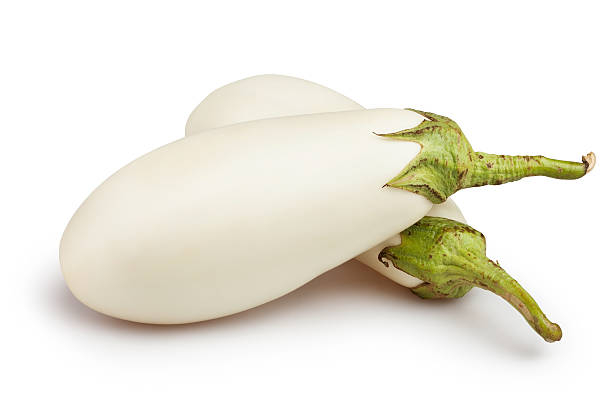
White eggplant 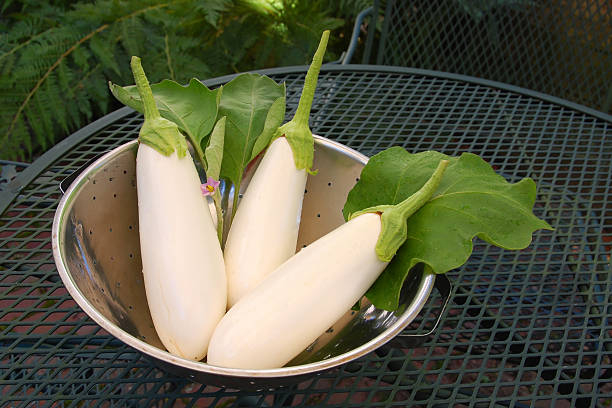
White eggplant -
Green eggplants, contrary to popular belief, are not merely underripe ones. The fresh vegetables are a vibrant, lush shade of unmistakable green when completely mature. The inside is fairly dense and spongy in comparison to other varieties, giving them a solid structure that does not quickly get soggy or fragile. This makes them ideal for long-simmering meals or when you want your vegetables to keep some bite.
These Asian eggplants have been developed to be substantially less bitter and fibrous. Greens are a wonderful complement to curries, and they work especially well when coupled with Thai green curry sauce. They're also delicious with tofu, sesame oil, miso, or tempura batter. Green eggplants, like most of the eggplants on this list, can be simply substituted for any other variety stated in a recipe.
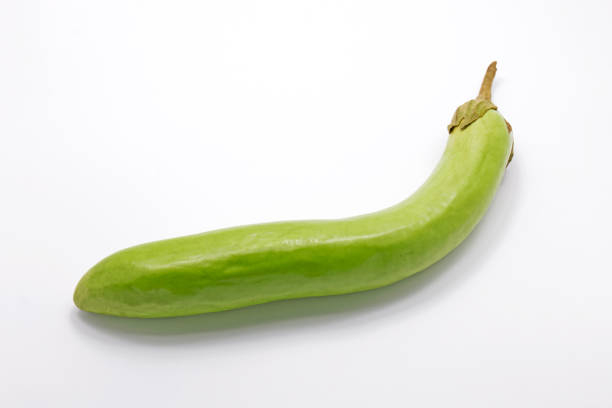
Green eggplant 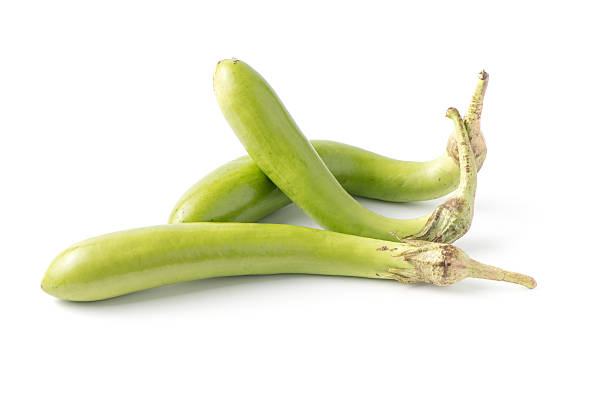
Green eggplant














